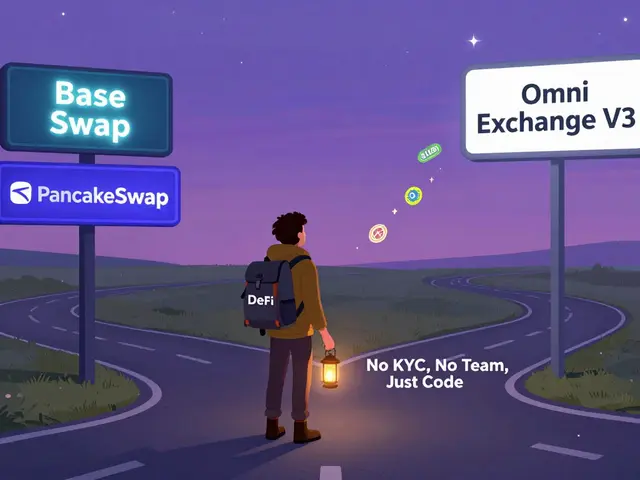Hoo Staking
When you hear Hoo staking, the process of locking HOO tokens on the Hoo platform to earn rewards. It’s part of a broader crypto staking, a method where users delegate assets to secure a network or support a service in exchange for yields, often called proof‑of‑stake participation. The activity sits alongside yield farming, strategies that move capital across DeFi protocols to capture the highest APY and liquidity mining, reward programs that pay users for providing pool liquidity. All three rely on smart contracts, and each has its own risk‑reward profile. Understanding how they intersect helps you decide if Hoo staking fits your portfolio.
How Hoo staking connects to the Hoo Exchange ecosystem
The Hoo Exchange, a centralized crypto exchange that also offers DeFi services, serves as the gateway for staking. By depositing HOO tokens directly on the exchange, you skip the need for a separate wallet and benefit from integrated reward calculations. This integration reduces transaction fees and simplifies claim processes, which is why many newcomers start here. The exchange also runs liquidity mining campaigns that complement staking, allowing users to earn both staking rewards and extra incentives for supplying HOO‑USDT pairs. In practice, you can stack HOO on the exchange, join a liquidity pool, and then funnel the earned tokens back into staking—effectively creating a compounding loop.From a technical standpoint, Hoo staking uses a delegated proof‑of‑stake (DPoS) model, where the exchange’s validator nodes receive the staked HOO and manage block production. The exchange then distributes a portion of the validator’s earnings to participants. This model requires trust in the platform’s security measures and transparency, which is why many users monitor the validator’s performance and the exchange’s audit reports. The rewards are calculated based on the total staked amount, the validator’s uptime, and the network’s inflation rate. If the validator misses a block, the entire pool’s reward share can dip, so selecting a reputable exchange matters.
Beyond the core staking mechanism, there are practical considerations that shape your decision. First, the lock‑up period: Hoo staking typically offers flexible periods ranging from 7 days to 30 days, each with a different APY. Shorter periods give you quicker access to your capital, while longer periods often boost yields. Second, the reward token: Some campaigns pay out in HOO, others in partner tokens like BNB or USDT, adding a layer of diversification. Third, tax implications: staking rewards are usually treated as taxable income in many jurisdictions, so you’ll want to track the exact payout dates and amounts for reporting. Lastly, risk management: because your tokens sit on a centralized platform, you’re exposed to custodial risk. Using two‑factor authentication, withdrawal limits, and regular security audits can mitigate that exposure.
All of these points—exchange integration, DPoS mechanics, lock‑up flexibility, reward composition, and risk controls—form the backbone of a solid Hoo staking strategy. Below you’ll find a curated list of articles that break each element down further: from step‑by‑step guides on setting up your stake, to deep dives on APY calculations, to comparisons with other staking options on competing exchanges. Whether you’re just starting out or looking to fine‑tune an existing position, the posts ahead give you actionable insights and real‑world examples to help you make smarter moves.
Hoo Crypto Exchange Review 2025: Features, Fees, Security & Verdict
An in‑depth 2025 review of Hoo Crypto Exchange covering features, fees, security, regulation, pros and cons, plus a comparison with Binance and Coinbase.





